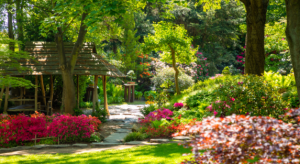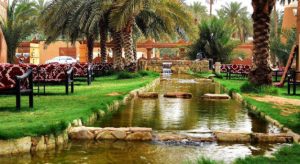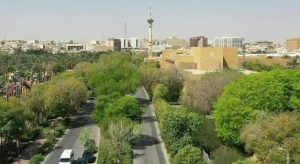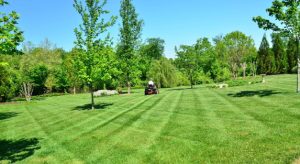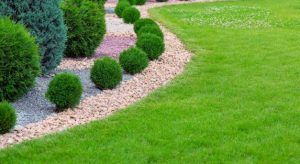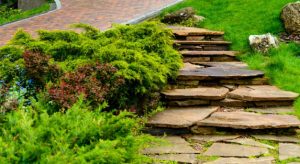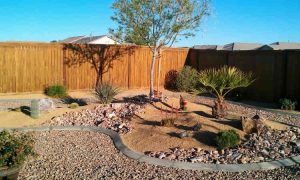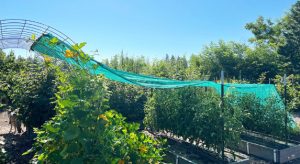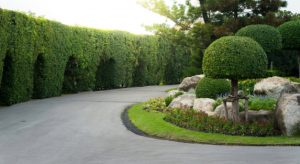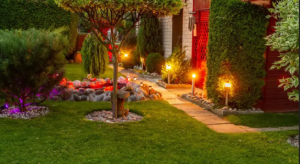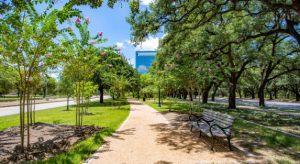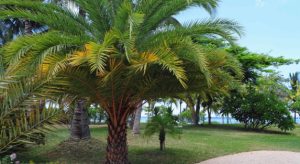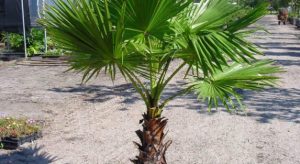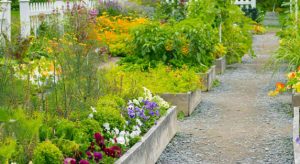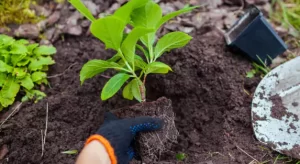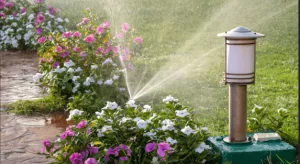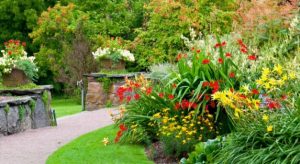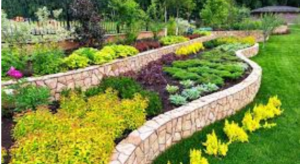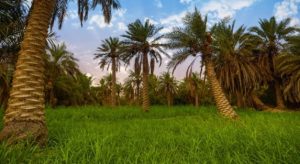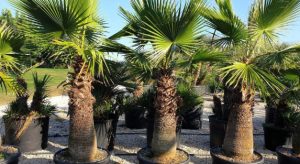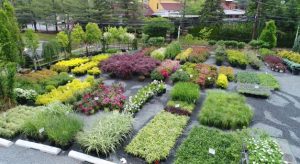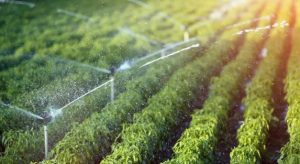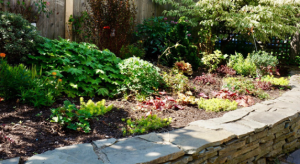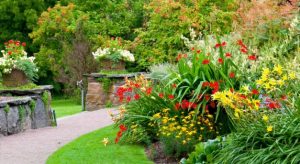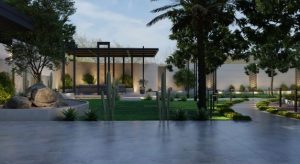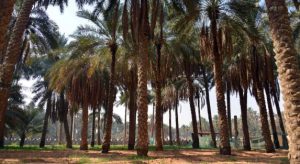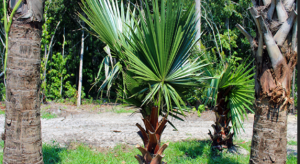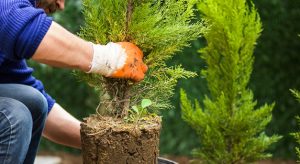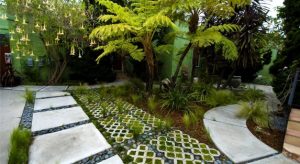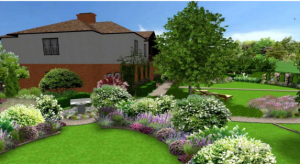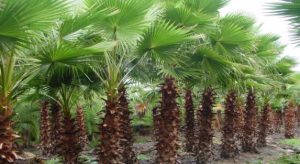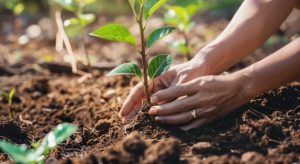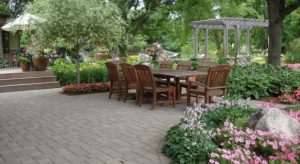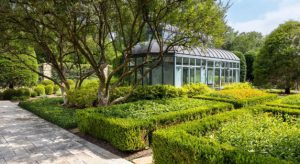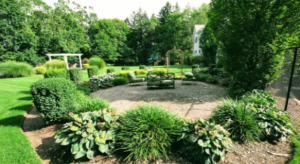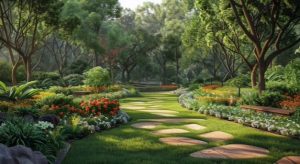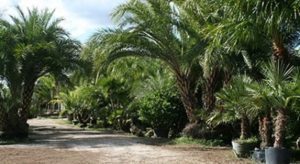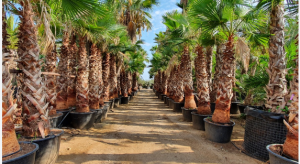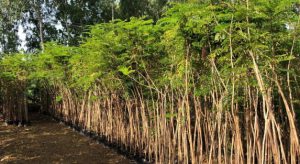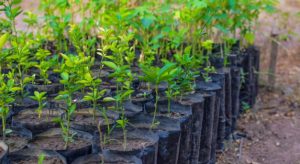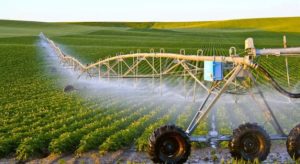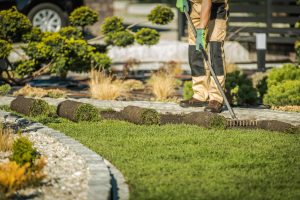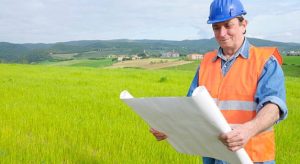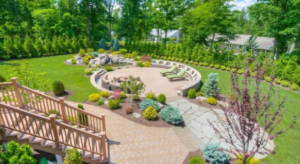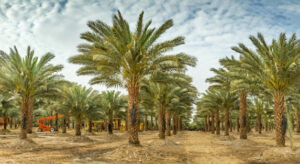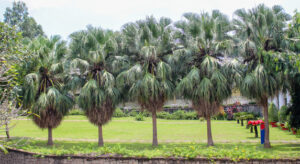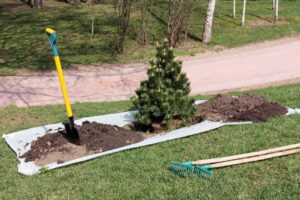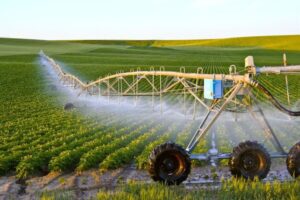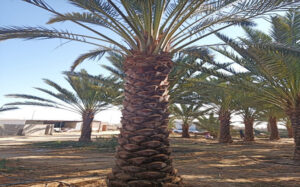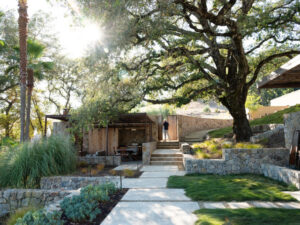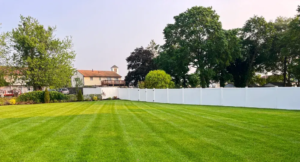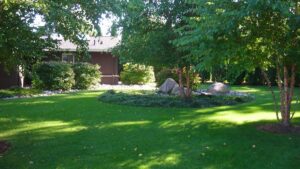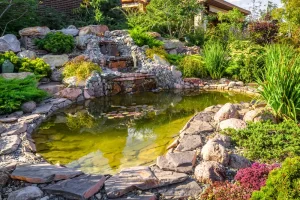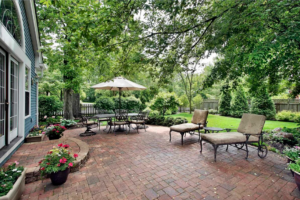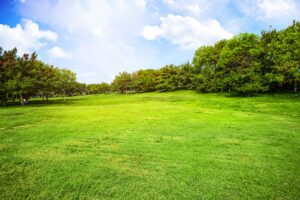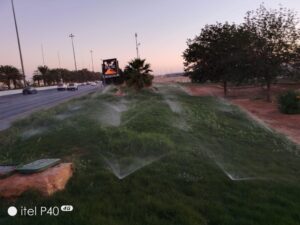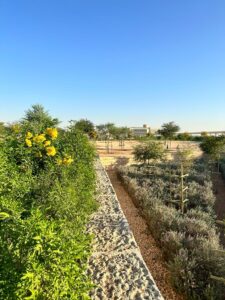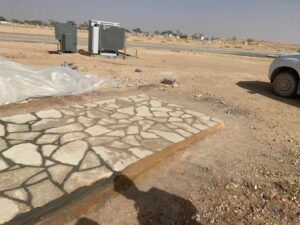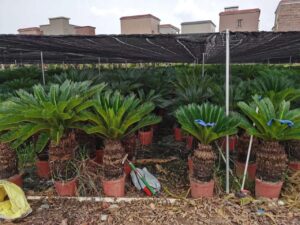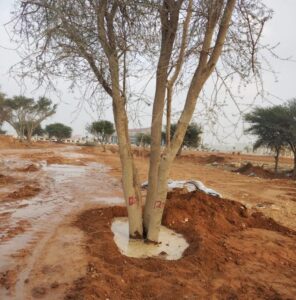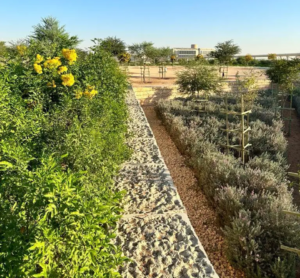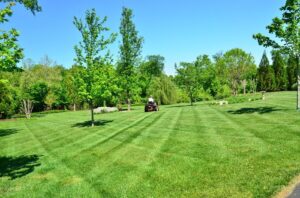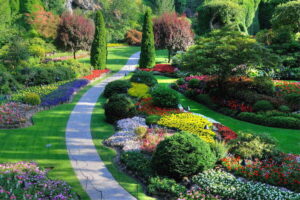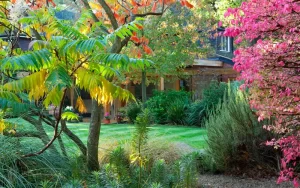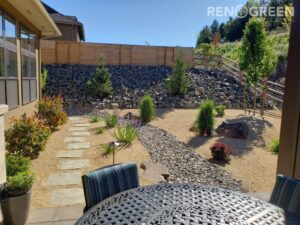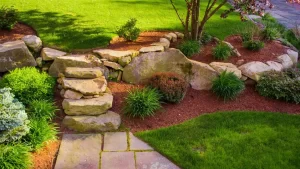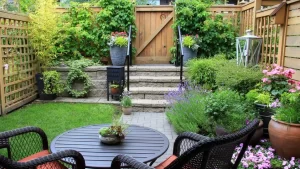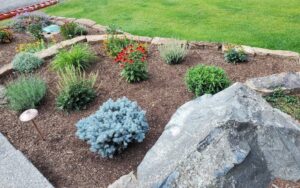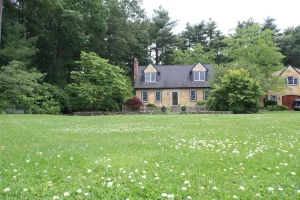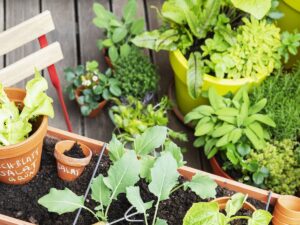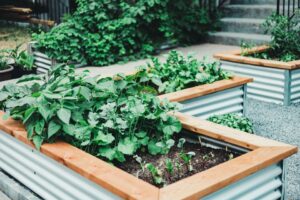The Role of Palm Trees in Saudi Arabian Culture
10 September, 2024
Palm trees have long held a cherished place in Saudi Arabian culture, symbolizing not just survival in a harsh desert environment but also embodying a rich tapestry of history, tradition, and symbolism. As integral elements of the Saudi landscape, palm trees provide much more than shade and fruit; they play a pivotal role in the cultural and economic life of the region. This article delves deeply into the multifaceted role of palm trees in Saudi Arabian culture, exploring their historical significance, cultural symbolism, economic impact, and ongoing relevance. It also highlights the crucial role of a palm tree supplier in Saudi Arabia in supporting and sustaining this vital aspect of the region’s heritage and economy.
Historical Significance of Palm Trees in Saudi Arabia
Ancient Roots and Traditional Uses
Palm trees have been integral to the Arabian Peninsula for thousands of years. The domestication of date palms (Phoenix dactylifera) in ancient times provided sustenance and survival for early desert inhabitants. Historical evidence suggests that palm cultivation dates back to around 4000 BCE, making the palm tree one of the earliest cultivated plants in the region.
Key Points:
- Historical Evidence: Archaeological findings indicate the presence of palm cultivation in ancient Arabian settlements.
- Traditional Uses: Early Arab communities used palm trees for food, shelter, and as a source of materials for various daily needs.
- Cultural Integration: Palm trees became embedded in local traditions, with numerous historical texts and artifacts reflecting their significance.
Palm Trees in Islamic History and Tradition
In Islamic tradition, palm trees hold a special place. The Quran, the holy book of Islam, frequently mentions the date palm as a symbol of prosperity and divine favor. Several Hadiths (sayings of Prophet Muhammad) also highlight the importance of palm trees, recommending their cultivation and noting their benefits.
Key Points:
- Quranic References: Palm trees are mentioned in several verses of the Quran, symbolizing both physical and spiritual nourishment.
- Prophetic Traditions: Hadiths emphasize the value of palm trees and encourage their planting, reflecting their significance in early Islamic society.
- Symbolic Meaning: The date palm represents sustenance, prosperity, and resilience in the face of adversity.
Cultural Symbolism of Palm Trees
Emblems of Hospitality and Generosity
In Saudi Arabian culture, palm trees symbolize hospitality and generosity. The presence of palm trees around a home or gathering place is seen as a gesture of welcome and an invitation to share in the bounty of the land. This cultural symbolism extends to various social and ceremonial practices.
Key Points:
- Hospitality: Palm trees are often planted around homes and public spaces as a sign of hospitality and to create a welcoming environment.
- Ceremonial Uses: Dates, the fruit of the palm tree, are commonly used in traditional ceremonies and celebrations, emphasizing their role in cultural practices.
- Cultural Norms: The generous offering of dates reflects deep-seated cultural values of sharing and community.
Palm Trees in Art and Literature
Palm trees are a recurring motif in Saudi Arabian art and literature. Their depiction in traditional art forms, including calligraphy and textile designs, reflects their significance in cultural expressions. Palm trees are also featured prominently in poetry and storytelling, symbolizing various aspects of life and nature.
Key Points:
- Artistic Depictions: Traditional art often includes palm trees as symbols of life and growth.
- Literary Symbolism: Palm trees feature in Saudi Arabian literature as metaphors for endurance, prosperity, and the natural beauty of the region.
- Cultural Expression: The representation of palm trees in art and literature highlights their deep-rooted significance in Saudi culture.
Economic Impact of Palm Trees
Agriculture and Trade
Palm trees have been a cornerstone of Saudi Arabian agriculture and trade for centuries. The cultivation of date palms has not only provided a staple food source but also supported local economies through trade and agriculture.
Key Points:
- Date Production: Saudi Arabia is one of the world's largest producers of dates, with various varieties cultivated throughout the region.
- Economic Value: The date palm industry contributes significantly to the local economy, supporting agricultural jobs and trade.
- Export Potential: Dates are a major export commodity, with Saudi Arabia exporting to international markets and establishing a global presence.
Modern Agricultural Practices
In recent years, Saudi Arabia has invested in modernizing its date palm cultivation practices. Innovations in irrigation, pest control, and cultivation techniques have enhanced productivity and sustainability in the palm tree industry.
Key Points:
- Technological Advances: Modern irrigation systems and agricultural practices have improved date palm yields and quality.
- Sustainability: Efforts are being made to ensure sustainable cultivation practices that preserve water resources and soil health.
- Research and Development: Investments in research and development are aimed at improving date palm varieties and production techniques.
The Role of Palm Trees in Environmental Conservation
Oasis Ecosystems and Biodiversity
Palm trees play a crucial role in maintaining oasis ecosystems in Saudi Arabia. They provide shade and support diverse plant and animal life, contributing to the overall biodiversity of these unique environments.
Key Points:
- Oasis Function: Palm trees create microenvironments that support various species of plants and animals.
- Biodiversity: The presence of palm trees in oases helps sustain local biodiversity and contributes to the ecological balance.
- Habitat Preservation: Protecting palm trees is essential for preserving the health and diversity of oasis ecosystems.
Desertification Prevention
Palm trees also play a role in combating desertification, a significant environmental challenge in Saudi Arabia. Their root systems help stabilize sand dunes and prevent soil erosion, contributing to land reclamation and conservation efforts.
Key Points:
- Erosion Control: The root systems of palm trees help prevent soil erosion and stabilize shifting sands.
- Land Reclamation: Planting palm trees is part of broader efforts to reclaim and rehabilitate desertified land.
- Environmental Benefits: Palm trees contribute to overall environmental health and sustainability in arid regions.
Cultural Practices and Festivals Involving Palm Trees
Traditional Harvest Festivals
The harvest of dates is celebrated with traditional festivals and events across Saudi Arabia. These festivals often feature communal activities, traditional music and dance, and cultural displays that highlight the importance of palm trees in local life.
Key Points:
- Date Festivals: Harvest festivals celebrate the collection of dates and include various cultural activities and exhibitions.
- Community Involvement: These events foster a sense of community and cultural pride, bringing people together to celebrate their heritage.
- Cultural Significance: Festivals emphasize the cultural and economic importance of palm trees in Saudi Arabian society.
Rituals and Traditions
Palm trees are also involved in various rituals and traditions, from religious ceremonies to community gatherings. Their presence in these practices underscores their significance in daily life and cultural heritage.
Key Points:
- Religious Rituals: Palm branches are used in religious ceremonies and symbolic acts, reflecting their spiritual significance.
- Community Traditions: Local customs and traditions often incorporate palm trees, highlighting their role in social and cultural practices.
- Cultural Heritage: Rituals involving palm trees connect contemporary practices with historical and cultural roots.
Future Prospects for Palm Tree Cultivation
Innovations in Cultivation
Looking ahead, advancements in agricultural technology and practices are likely to shape the future of palm tree cultivation in Saudi Arabia. Continued research and innovation will be crucial for addressing challenges and optimizing production.
Key Points:
- Research and Development: Ongoing research aims to improve palm tree varieties, disease resistance, and cultivation techniques.
- Sustainable Practices: Emphasis on sustainability and environmental stewardship will guide future cultivation practices.
- Technological Integration: The integration of new technologies and methods will enhance productivity and sustainability in the palm tree industry.
Role of Palm Tree Suppliers
Palm tree suppliers in Saudi Arabia play a critical role in supporting the industry by providing high-quality palm trees and related products. Their contributions are vital for maintaining the health and productivity of palm plantations.
Key Points:
- Supply Chain: Suppliers ensure the availability of healthy palm trees and essential resources for cultivation.
- Support for Farmers: They provide guidance and support to local farmers, helping them implement best practices.
- Industry Growth: The role of suppliers is crucial for the continued growth and success of the palm tree industry in Saudi Arabia.
Conclusion
Palm trees are more than just a botanical feature in Saudi Arabia; they are deeply embedded in the cultural, economic, and environmental fabric of the region. Their historical significance, cultural symbolism, economic impact, and role in environmental conservation highlight their importance to Saudi Arabian society. As the country continues to evolve, the ongoing relevance of palm trees will remain a testament to their enduring legacy and vital role in shaping the landscape and culture of Saudi Arabia.
Understanding and appreciating the multifaceted role of palm trees offers valuable insights into their significance and helps ensure their continued preservation and celebration. Whether through traditional practices, economic contributions, or environmental benefits, palm trees will remain a cherished and integral part of Saudi Arabian life.
- Fountain and Waterfalls
- Gardening
- hardscape
- Irrigation system
- Landscape
- Lawn
- Nursery
- Palm Tree
- Plantation and Maintenance
- softscape
- Tree Transplanting
- Washingtonian Tree
Categories
Latest Post
- Fountain and Waterfalls
- Gardening
- hardscape
- Irrigation system
- Landscape
- Lawn
- Nursery
- Palm Tree
- Plantation and Maintenance
- softscape
- Tree Transplanting
- Washingtonian Tree





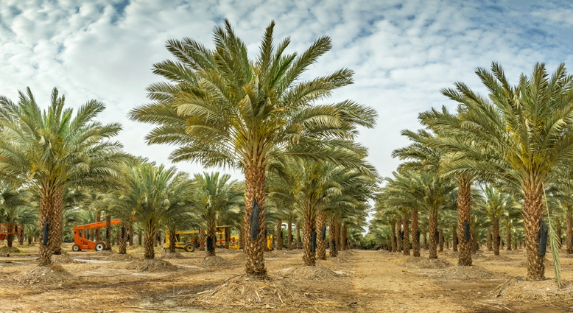
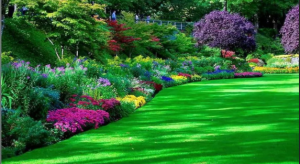
 .
.